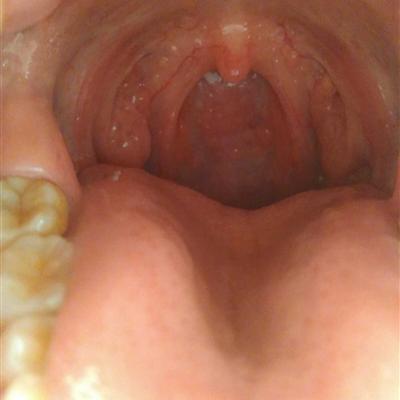How to check heart failure
summary
Heart failure usually does not occur alone, but is a state of cardiac development, mainly with limited systolic and diastolic function. Let's see how to check heart failure.
How to check heart failure
First of all, ECG can often indicate the primary disease. X-ray examination can show pulmonary congestion and pulmonary edema.
Secondly, echocardiography can understand the structure and function of the heart, the condition of the heart valve, the presence of pericardial lesions, the mechanical complications of acute myocardial infarction, ventricular wall dyskinesia and left ventricular ejection fraction. Arterial partial pressure of oxygen (PaO2) and partial pressure of carbon dioxide (PaCO2) were monitored by arterial blood gas analysis.
Finally: according to the patient's history of coronary heart disease, hypertension and other basic cardiovascular diseases, there are clinical symptoms of dyspnea, fatigue and lower limb edema during rest or exercise, signs of tachycardia, shortness of breath, pulmonary rales, pleural effusion, increased jugular pressure, peripheral edema, liver enlargement, cardiac enlargement, third heart sound, cardiac murmur and echocardiography The objective evidence of abnormal cardiac structure or function, which is characterized by systolic or diastolic heart failure, can be used as one of the basis for diagnosis.
matters needing attention
Standard treatment of heart failure is very important, we should start from the cause, take appropriate measures for treatment, and strive to control the condition of heart failure to the greatest extent.













